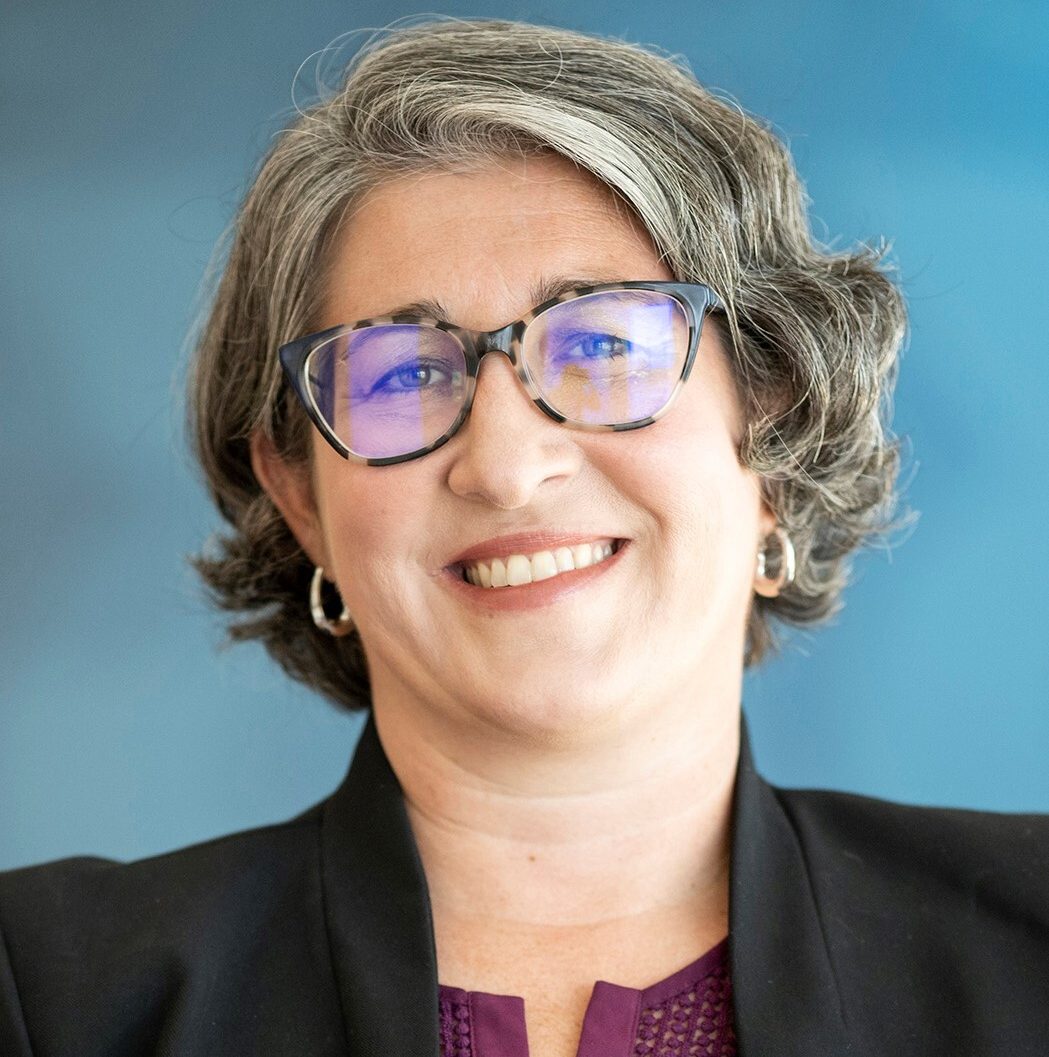A: As states move away from stay at home orders and change recommendations to permit gatherings of slightly larger groups, one option for addressing childcare needs may be for two families (i.e., households) to join together to form a slightly bigger “bubble”.
Under this approach, two households combine exclusively (i.e., minimize all other outside contacts). Creating a larger social “bubble” could allow for some expanded social interaction and help families deal with childcare needs while still limiting the overall interactions within a given community.
This CNN article outlines several tips for taking this approach, and we summarize some considerations here:
1. Find a good match for your household. Households considering “bubbling” together should think about the ages and interests of children in each household and be asking-Will our kids be a good match for an extended period of time? Can a schedule be worked out that allows all parents an equal balance between work and supervision time? Do parents in both households have similar parenting styles and house rules? Do your children have any dietary needs or behavioral concerns that need special attention?
2. Set ground rules. Discussion of the exact expectations for what type of social interactions members will have outside of the “bubble”, if any (i.e., Do individuals in either household work outside the home? Who will grocery shop? How will physical distancing from neighbors and extended family be handled?) is a must. All members of the “bubble” essentially share the same risk of exposure as the person in the “bubble” with most social interactions outside of the “bubble”, so agreeing upon (and perhaps periodically revisiting) expectations for the group’s activities will be important.
3. Monitor contacts with cases and onset of symptoms. If one person in the “bubble” comes in contact with a case or develops symptoms of COVID-19, everyone else in the “bubble” should consider themselves to be potentially infected. If a member of the “bubble” tests positive for, or is presumed to be a case of COVID-19 based on symptoms, that individual should isolate from all other members of the “bubble” to the extent possible and everyone in the “bubble” needs to be prepared to self-quarantine for 14 days.
We have a long summer ahead and strategically expanding our social “bubbles”, could be a way for parents to navigate childcare needs and improve mental health of both kids and adults in the coming months, while still maintaining a degree of social distancing. The article below also highlights new research co-authored by fellow Dear Pandemic Nerdy Girl which suggests social interactions between a slightly expanded, but consistent group of people, is likely to result in less transmission than interaction between different sets of people each day. Of course, adherence to other guidelines for social distancing in public spaces as well as hand washing, surface cleaning, cloth mask use, etc. should be maintained.


